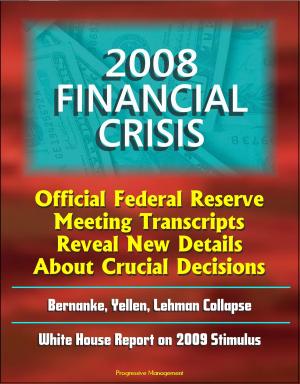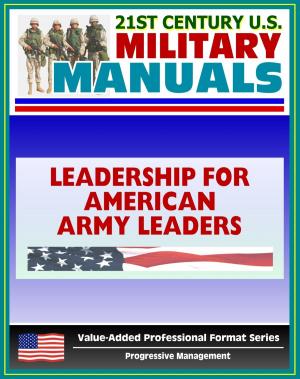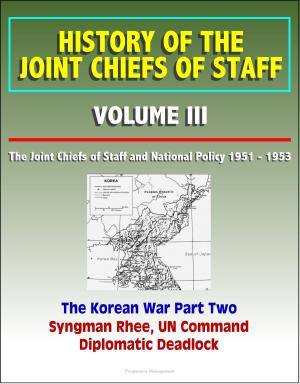Reflections on Air Force Independence - Transition from the Army Air Forces (AAF), Creation of USAF, Strategic Air Command (SAC), World War II, Atomic Bomb
Nonfiction, History, Military, Aviation, World War II| Author: | Progressive Management | ISBN: | 9781301634613 |
| Publisher: | Progressive Management | Publication: | September 7, 2013 |
| Imprint: | Smashwords Edition | Language: | English |
| Author: | Progressive Management |
| ISBN: | 9781301634613 |
| Publisher: | Progressive Management |
| Publication: | September 7, 2013 |
| Imprint: | Smashwords Edition |
| Language: | English |
The United States Army's air arm waged a frustrating and uncertain battle during the interwar years to gain greater autonomy from the War Department. For the air arm, the key transition was the establishment in 1935 of the General Headquarters (GHQ) Air Force under Brig. Gen. Frank M. Andrews. The GHQ Air Force was the first American air force that consolidated all striking forces.
For several years before the Japanese attack on Pearl Harbor, which triggered U.S. entry into World War II, President Franklin D. Roosevelt foresaw the major role that air power would play in the conflict, and he called for a massive buildup. The president wanted the major share of aircraft produced to go to the Allies. Consequently, he was sometimes at cross purposes with his Air Corps chief, Maj. Gen. Henry H. "Hap" Arnold, who was hard at work trying to increase the Army's air capability.
The formation in June 1944 of the Twentieth Air Force was a landmark event in the Army air arm's drive for independence. With B-29s to send against the Japanese home islands, the Twentieth gave the Army Air Forces (AAF) what Arnold termed "a Global Air Force." Its formation set the precedent for that of the postwar Strategic Air Command, which provided the United States with its nuclear deterrence force in the Cold War.
The lessons of World War II were many. Many also were the significant contributions of the AAF—tactical, strategic, support, humanitarian—that convinced President Harry S. Truman, Congress, and the American people that the creation of the United States Air Force (USAF) was necessary in the postwar era. This work makes the pivotal connections between politics and the searing experience of war to explain how and why the USAF was established. The analysis addresses not only technology, bureaucracy, and politics, but also people. The service's founding airmen were more than flyers and technologists; they were, above all, men of faith who believed in what they were doing. For many years they fought against long odds. The nation owes them a great debt.
The United States Army's air arm waged a frustrating and uncertain battle during the interwar years to gain greater autonomy from the War Department. For the air arm, the key transition was the establishment in 1935 of the General Headquarters (GHQ) Air Force under Brig. Gen. Frank M. Andrews. The GHQ Air Force was the first American air force that consolidated all striking forces.
For several years before the Japanese attack on Pearl Harbor, which triggered U.S. entry into World War II, President Franklin D. Roosevelt foresaw the major role that air power would play in the conflict, and he called for a massive buildup. The president wanted the major share of aircraft produced to go to the Allies. Consequently, he was sometimes at cross purposes with his Air Corps chief, Maj. Gen. Henry H. "Hap" Arnold, who was hard at work trying to increase the Army's air capability.
The formation in June 1944 of the Twentieth Air Force was a landmark event in the Army air arm's drive for independence. With B-29s to send against the Japanese home islands, the Twentieth gave the Army Air Forces (AAF) what Arnold termed "a Global Air Force." Its formation set the precedent for that of the postwar Strategic Air Command, which provided the United States with its nuclear deterrence force in the Cold War.
The lessons of World War II were many. Many also were the significant contributions of the AAF—tactical, strategic, support, humanitarian—that convinced President Harry S. Truman, Congress, and the American people that the creation of the United States Air Force (USAF) was necessary in the postwar era. This work makes the pivotal connections between politics and the searing experience of war to explain how and why the USAF was established. The analysis addresses not only technology, bureaucracy, and politics, but also people. The service's founding airmen were more than flyers and technologists; they were, above all, men of faith who believed in what they were doing. For many years they fought against long odds. The nation owes them a great debt.















